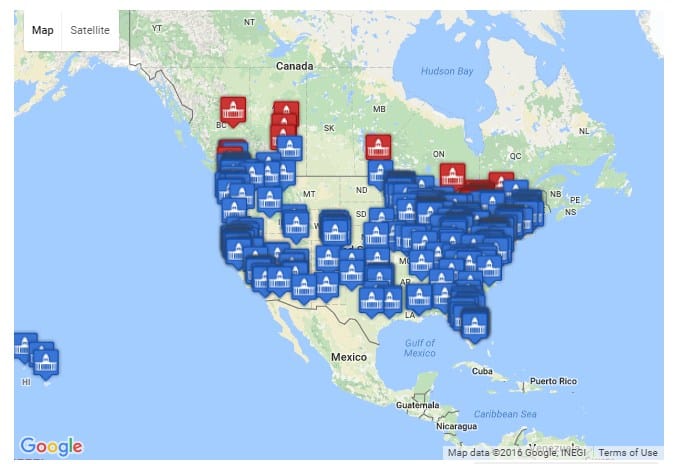How To Build a Shed Roof

There are many questions when it comes to putting up a roof, below are the answers
Quick Navigation
Everything You Need to Know to Put a Strong and Durable Top on Your Shed
BUILDING A SHED roof is not as complicated as you might think.
The simple reality is that if you have reached the point in building your shed when it is time to build the roof, you have probably already mastered most if not all the skills you need to frame in and complete your shed roof.
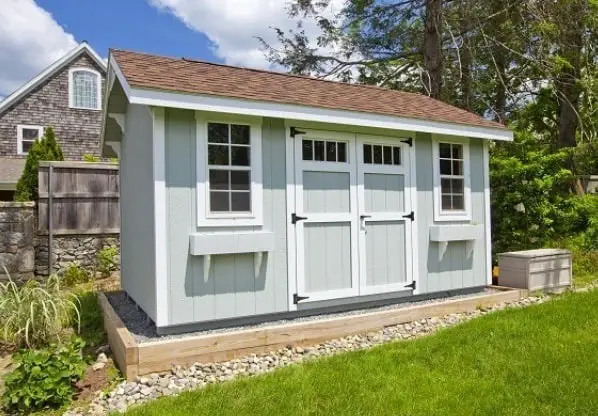
OK, so maybe this seems rather easy for me to say, but what about calculating pitch, how do you build the trusses, and what style of roof is likely to work the best for your shed?
So Many Questions…
The biggest part of building a shed roof is making sure you have all the many questions running through your mind answered before you get started. For example:
- What is a stick frame roof?
- What is a truss roof?
- Gable, gambrel, salt box, skillion, which of these styles is likely to be your best choice?
- What materials should you use?
- Do you need permits?
Roof Designs and Ideas
This is Your Best Starting Point
Until you know what you want your finished shed and roof to look like, it is going to be very hard to understand the style of roof and how much work it will take to build it.
To give you a better idea of the different shed roof styles from around the country and around the world, take a look. You can also see a list of shed roof ideas here where I have put together a wide range of images depicting everything from grass and palm tree branch roofs to sheet metal and shingle roofs.
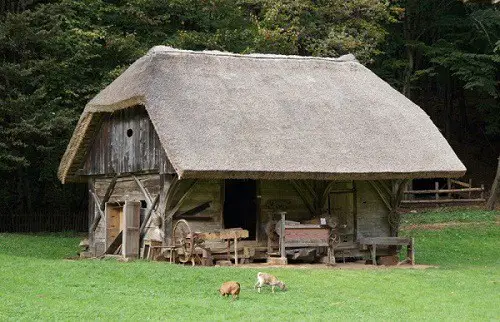
These images cover gable styles, gambrel, salt box, flat, skillion, round, square, rectangular, and just about every style of shed roof you can imagine.
There are several important things you need to keep in mind while choosing the design or style of your roof is that it must meet several needs such as snow load, ability to shed water, aesthetics, and of course any regulations your local authority may have in place.
The roof you choose to put on top of your shed is more than just capping off the finished product, it is perhaps one of its most important features. Each of the different styles has a lot to offer, take your time and choose the best one to fit your needs.
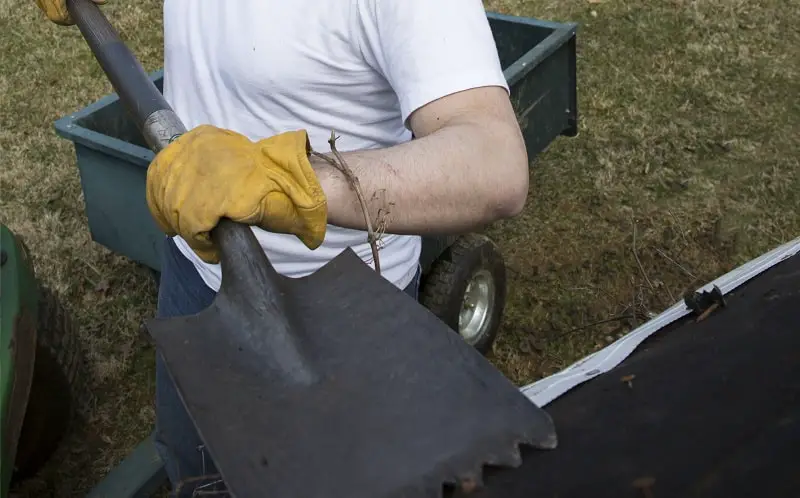
Shed Roof Materials
What is Your Shed Roof Really Made Of?
After you make your decision regarding what type of shed roof would look best on top of your shed and get the job done right, it is time to start thinking about the materials you will need to get the job done.
Bear in mind that any materials you choose need to be able to withstand any extremes in weather your area experiences. This includes extreme heat in the summer or cold in the winter, heavy snow loads, excessive amounts of rain, large amounts of ice, and or high winds.
Another important issue to keep in mind as you search for the right shed roof materials is that you, your family, your friends, and most importantly of all, your neighbors are going to have to look at your final choice for a very long time.
There are several materials to choose from, including wood and metal framing, asphalt shingles, tar/felt paper, sheet metal, terracotta tiles, and several others. Each of these different materials has its own advantages and disadvantages.
You can see my in-depth comparison of shed roof materials here. I've also gone into more information on shed roof felt, because it is the most popular choice here.
Here again, your local codes may have something to say in your final choice, so be sure to check them out before spending any money.
Shed Roof Pitch
You Can't Afford to Strike Out Here
Okay, so all puns aside, the pitch or angle of your shed roof has a very important role to play in how successful your entire garden shed is going to be.
Depending on where you live, it is quite possible that a flat roof on your shed will be quite capable of getting the job done. But the reality is that in most parts of the country, your roof will need at least a decent pitch if it is going to score a home run.
Shed roof pitch is simply the amount of rise in the roof divided by the distance traveled. In simple terms, if your roof goes up 4 inches for every 12 inches of distance from the edge traveled, the shed roof pitch is described as 4:12.
- Points to consider when deciding the pitch of your shed roof include:
- How much rain/snow/ice your area gets in an average to above average year
- How high the winds are likely to get in your area
- Your personal tastes
- Any local regulations or building codes, click here to be taken to your local building codes
You can use an online snow load calculator like this one to determine the snow load expectations in your region. When it comes to snow and ice, you should be aware that snow can weigh in at anywhere from 3 pounds per square inch (psi) to 21 psi.
Ice is even worse ranging from 5 psi all the way up to 27 psi, you are going to need a very strong roof to hold this kind of weight and one with a steep pitch to help both snow and ice to slide off rather than gather in place.
If you want to know more about the pitch of shed roofs then here is my detailed guide
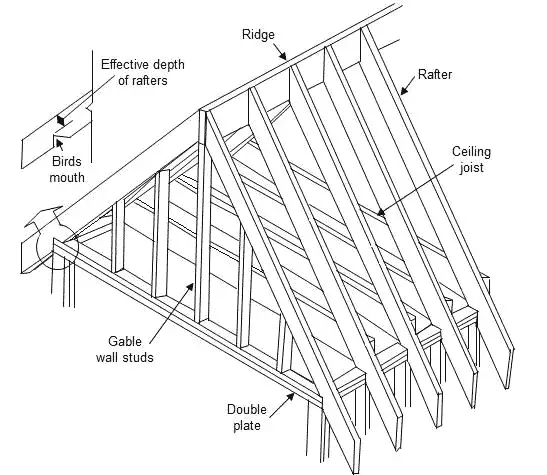
Shed Roof Framing
I've Been Framed or at Least Your Shed Roof has…
If you are going to build any type of pitched roof for your shed, it will have a network or wooden or metal frames that must be able to support the weight of the structure itself and the covering you choose.
In essence, there are two basic styles of wooden roof frames in use today. These are the trussed roof and the cut roof. You will find that both styles of roof frame can be used to support the weight of the most commonly used roof coverings such as sheet metal and asphalt shingles.
You can see more detail about framing a shed roof yourself here

Image courtesy of DIY Network of a typical truss or "A" frame style roof
The Trussed Frame
Most of us call this type of frame an “A” frame because of its shape. In many cases, these trusses or frames are built off-site in a factory or by a company that specializes in them.
The combination of rafters, jacks, and joists creates an extremely strong structure. This type of frame makes use of thinner boards while providing excellent strength, thereby reducing cost and environmental damage as they require less total wood to complete.
Pre-made roofing trusses come in an almost endless selection of sizes and shapes to suit virtually any type of roof. You can even order trusses that have been designed to create a large open space in the roof that can be used for storage or to create a room if your shed is large enough.
The Cut Roof Style Frame
This type of roof is made using rafters and other pieces that are cut on site by the carpenter who is building the roof.
These types of roof are typically used today to cover larger spans by using interior load bearing walls. But at the same time, if you have the appropriate skills, there is no reason why you couldn't technically build your own trusses from scratch or any other type of roof support.
Other Roof Truss Styles
The reality is that trusses are not one particular style or shape, they are built based on the needs of the particular structure being constructed. Here are some of the more common types of roof truss used in construction today:
- Triple Howe: Used for exceptionally wide spans ranging from 54 to 80 feet
- Room-in-Attic: Add living space to the attic in your shed
- Scissor: Used in homes and other buildings to create a vaulted ceiling
- Clerestory: Used in buildings with high walls that feature a row of narrow windows along the top
Shed Roof Construction
Getting the job done
Now that you have a basic idea of what type of roof you want for your shed, what materials you will need, and what pitch is likely to be best, it is time to start thinking about the actual shed roof construction process.
If you have never built any type of roof, you should start out by taking the time to watch a few roof construction videos such as these: Shed Roof Framing
and
Here is one that covers building two different types of shed roof:
No matter whether you choose to buy your trusses pre-made or build your entire roof on-site, be sure you take the time to study the various construction techniques such as those in the videos along with the information provided here codes to be sure the roof you are building meets these codes and standards.
One thing you can count on is the fact that if your roof does not meet local building codes, you will be tearing it down and starting all over.
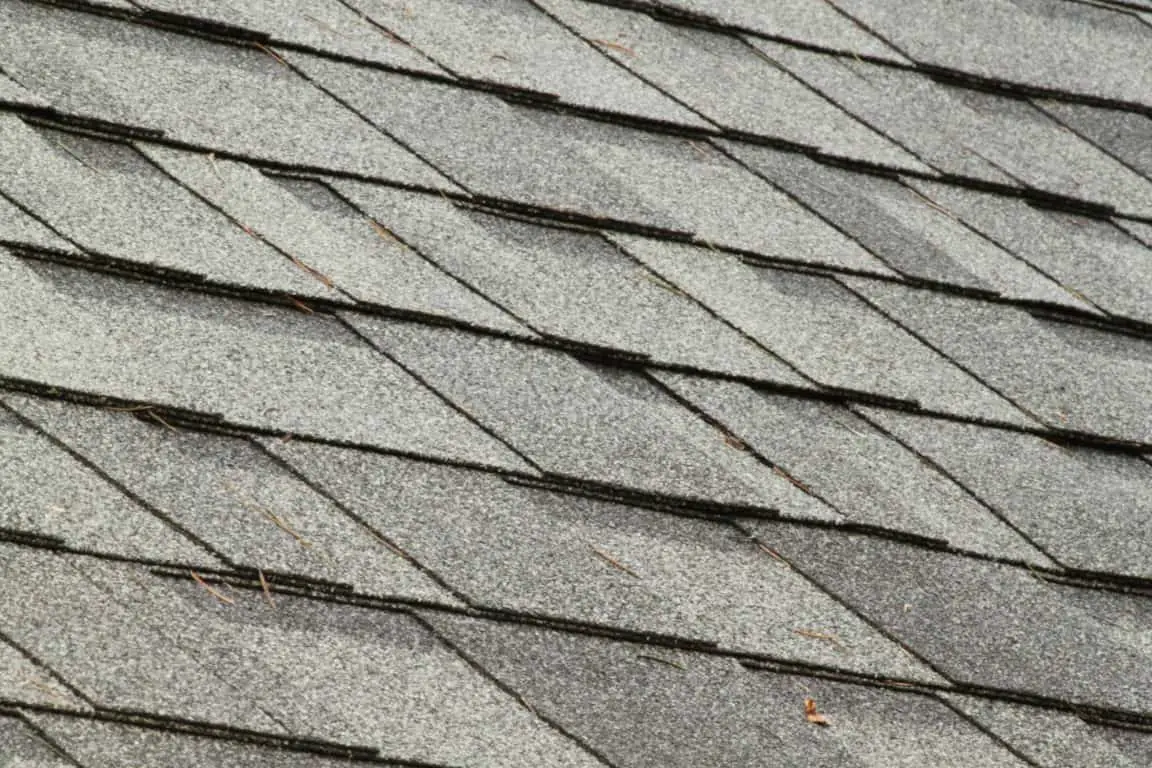
Roof Cladding
Keeping Mother Nature at Bay
The best way to describe roof cladding is to say that it is the outer waterproof layer of your shed roof. It is a protective layer intended to keep moisture from reaching the wooden structural components of your roof.
The best materials for use as roof cladding are those that are affordable, fireproof, weatherproof, low maintenance, able to insulate against changes in temperature and noise levels, and yet at the same time able to remain aesthetically pleasing to everyone, including that pain in the neck neighbor.
- Your location: The climate in your location plays a major role in your choice of materials.
- Weight: Different types of cladding weigh more or less
- Style: The style of your shed will also play a role in what type of cladding you choose.
- Color: You may choose to go with one cladding over another based on the colors available.
- Maintenance: Here again some choices of cladding require more maintenance than others.
The cladding is typically the last layer to be installed on the roof of your shed. It is installed over the waterproof membrane or final layer of shed roofing felt.
Here is a more detailed guide into the most popular shed roofing materials.
Repairs and Maintenance
Installing a new shed roof is only the beginning of your shed ownership journey. No matter what type of roof you choose to install on your shed, at some point in time, it is going to require some form of repair or maintenance.
However, just because the wind blew a shingle or two off or your metal roof ended up with a hole in it, all is not lost.
In most cases, you can handle your own roof repairs and maintenance whether you built the roof or bought your shed ready to go. One of the most important things you can do to maximize the lifespan of your shed roof is to keep it clean (sweep or hose debris off and keep people off it).
The next step in caring for your roof is to repair any damage as soon as you notice it or you could easily find yourself being left with no choice but to tear the roof apart and rebuilding it from scratch.
Here is a quick roof maintenance video courtesy of Central Insurance for you to watch:
Topping It All Off
So, if you are like me, you probably started reading this feeling a little intimidated by the idea of building a shed roof.
Despite the fact building a roof can be a little complicated, if you take your time and read through the information above, review the videos and the rest of the information by following the links, you should be well on your way to putting the perfect lid on your new garden shed.
I truly hope the information above helps you build and install the roof on your shed relatively worry free. I have enjoyed putting it all together for you.
- If you have enjoyed reading about building your shed roof, please let your friends know.
- If you have any information you would like to see here, please contact us here.
- Let everyone know you enjoyed reading this on Facebook, Twitter, and Pinterest.
- Thank you for reading this.
Related Articles:

